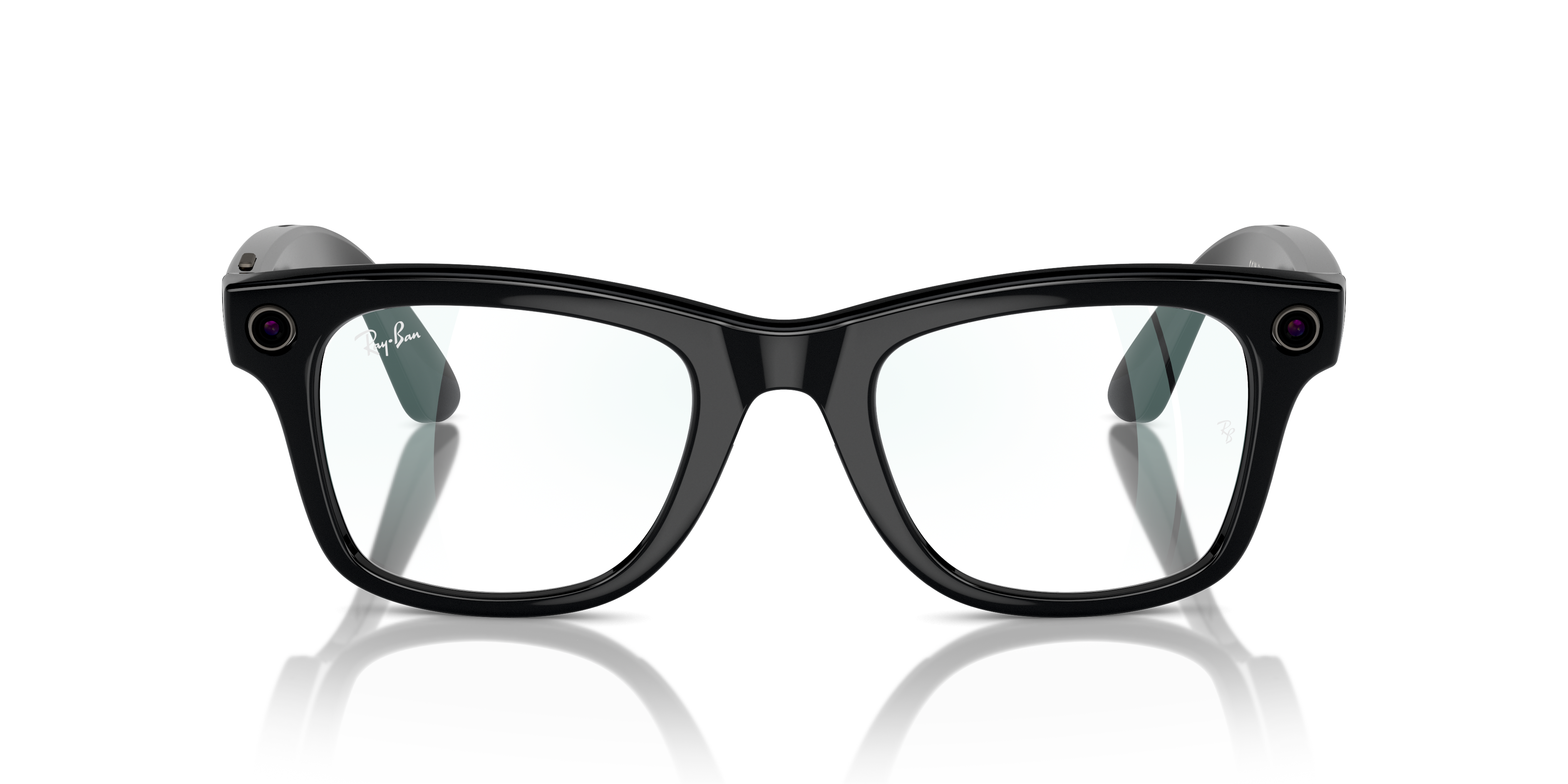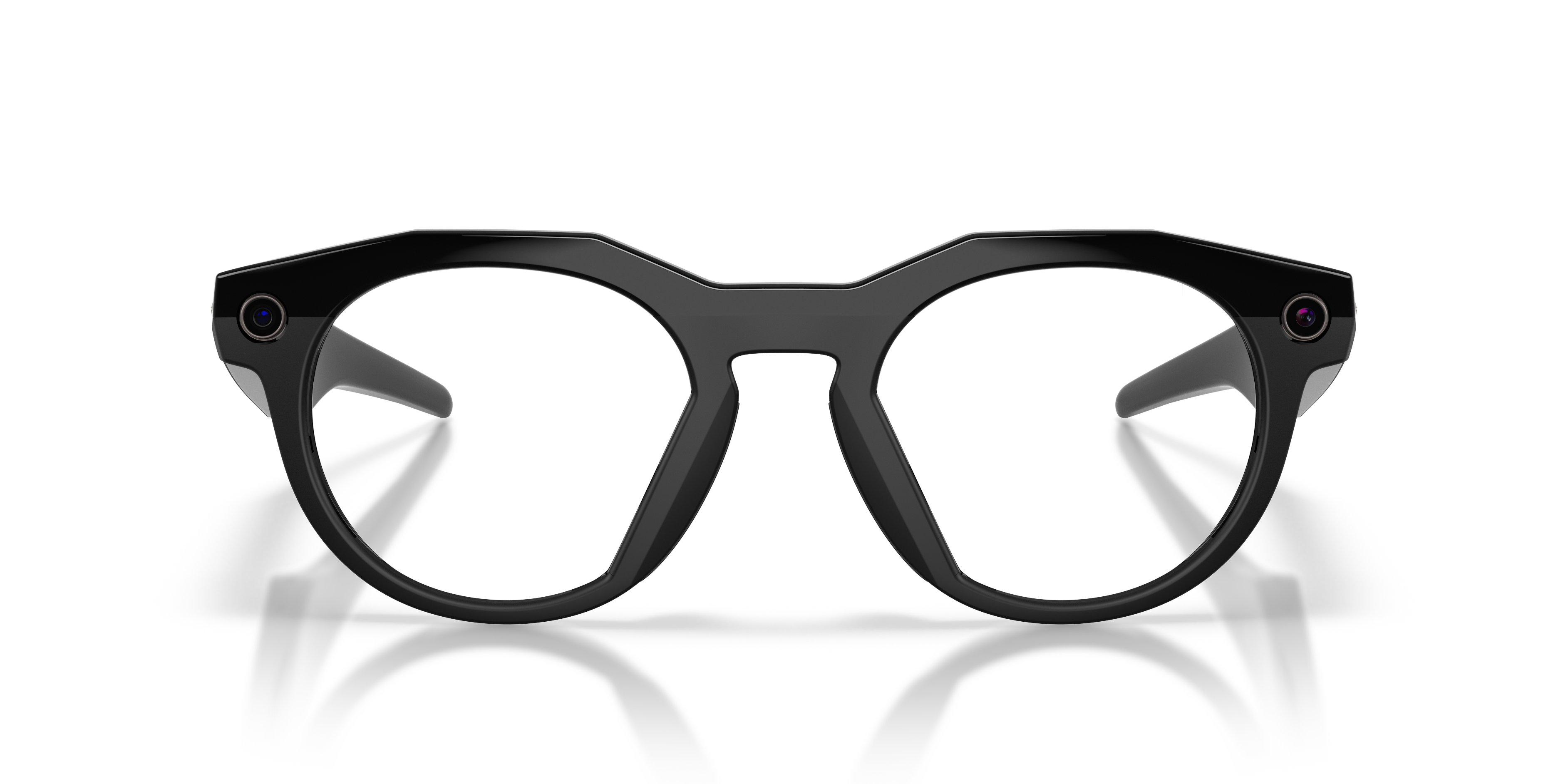How well do you
know your eyes?
In many ways, the eye works similarly to a camera. The different parts of the eye work together to capture an image, then send it to the brain to make sense of it. When something is off — even by a little bit — it can affect how the eye functions and how well you see.

How your eye
functions
The process of vision begins when light enters your eye through the clear, window-like structure called the cornea. The cornea covers the front part of the eye and bends the light (a process called refraction) to focus it.
Once light passes the cornea, it’s filtered through the pupil. The pupil adjusts in size, with help from muscles in the iris, to let in just the right amount of light. The pupil will get smaller (constrict) in bright environments and get bigger (dilate) in dark environments.
Right behind the pupil is the lens. The lens changes shape to make sure the light bends just enough to fully focus the image.
From there, the light is projected onto the retina at the back of your eye. The retina has millions of light-sensitive cells called rods and cones. When light hits the rods and cones (also called photoreceptors), they turn the image on the retina into an electrical signal.
The electrical signal is taken from the retina and carried to the brain through the optic nerve. When the signals get to the vision processing areas of the brain, the brain uses the signals to register an image.
Other important parts of the eye include the sclera (the white of the eye) and the conjunctiva, which covers and moisturizes the sclera. Inside the eye are two types of fluid: aqueous humor and vitreous humor. Aqueous humor flows through and nourishes the structures in the front part of the eye. Vitreous humor is farther back in the eye and helps the eyeball hold its shape.

Are you 20/20?
20/20 is a measurement of visual acuity, which is how sharp your eyesight is. When measuring distance visual acuity in the U.S., the first number will always be 20. The second number will change depending on how good or poor your vision is. The higher the second number, the blurrier your vision is.
For example, if someone’s vision is 20/40, it means they need to stand 20 feet away to read something that a person with “normal” vision could read from 40 feet away. A person whose visual acuity can’t be corrected better than 20/200 is considered legally blind.
The term “20/20 vision” is used to describe vision that is average, or right where it should be. When a patient has poor vision, the eye doctor’s goal is usually to correct it to 20/20 with glasses or contact lenses.
Arrange an eye exam in 3 easy steps
Choose your location
Arrange an eye exam
Add to calendar




















































